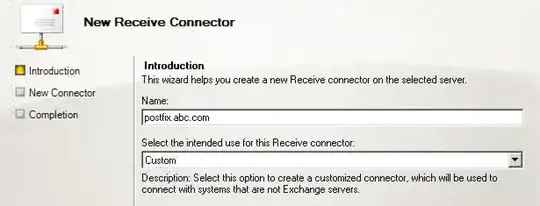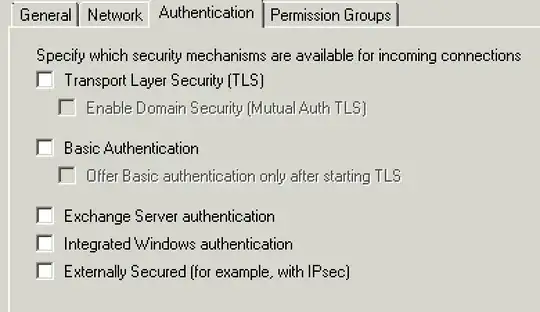I have a postfix mail server that should relay all outgoing mail to an Exchange 2010 server (the Exchange box is my smarthost). I have administrator access to the Exchange 2010 system, but I'm not very familiar with it. How should I set up authentication on the Exchange 2010 system?
I guess I could add a standard user with a mailbox on the Exchange box, then configure my postfix box to log in to port 587 to relay mail. That option doesn't feel right -- it seems like there should be way to do server to server authentication, not just client to server authentication. Is there? If so, how would I set it up?
Edit:
- the postfix mail server is at a remote site with a dynamic IP address, so authenticating by IP address won't work
- I would like the email traffic between the two to be encrypted
- I would like mutual authentication (the Postfix box knows it's talking to the Exchange box and not a man in the middle; Exchange knows that it is talking to the Postfix box)
- setting up an IPsec tunnel seems overly complicated for what should be a trivial Exchange configuration
- Exchange must allow the Postfix box to send messages to any destination
- the messages submitted by the Postfix box must not be rejected as spam even if they look like spam



